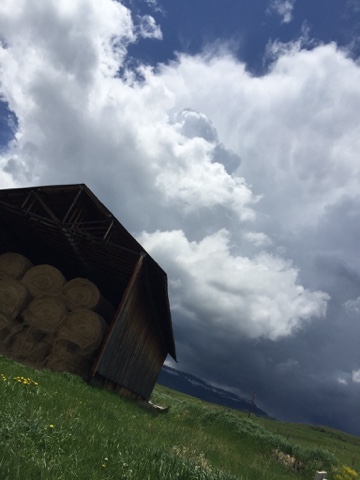My son has had free range over Mindstorm for 5 years. This year we hired a tutor who show us some programing on NXT Lego Mindstorm brick. While my son is very creative and able to design Lego projects his tutor has been able to teach him some basic brick programming with the Mindstorm software. My son wanted to make a claw grabber and had a book that helped him. Our tutor didn't want to do this but did turn it into a programing lesson. The instructor was stuck on having my son do his created lesson and had a hard time letting go of his learning plan and allowing my son to create his own projects. The Tutor did adapted a bit and was able to show Conor more programing on the projects that Conor found meaningful. They have used many learning concepts of programming the sensors and experimenting by adjusting the robot to react to light by picking up with a claw which has a sensor in it to grab an egg and releasing it. The claw robot's sensor has to be adjusted to the reflected light off of the egg and react to different lighting outside in order to clamp down. This activity took time and work to get right.
Building the claw robot and learning about taking risk and how mistakes in design teach us how to get things right. Our tutor was not use to the autistic mind but was fairly patient and seems to enjoy this process with his learner.
To understand learning creativity takes time and playing with your design is important to the process of making. Yes as an educator I can step in and fix a design, making the project mind in the process, but what is my fixing the mistake teaching the kid? The goal is for the learner to be involved in the process. A great educator knows when to step back and allow learning to happen.
Every week this tutor brought a cool project over. My son didn't always want to do what his tutor brought over for him. Sometimes they had fun. Here they are building a structure out of newspapers and learning what shapes support the structure and how form and balance are required in adding one more section. This project was part of a marble run made from newspapers and tape.
Here my son is problem solving by taking apart the claw robot to fix an area that needed restructuring to work. More learning through mistakes. This project took a few weeks. Below is Conor's marble run, made with box, tape and straws, brought over by the tutor. Later below more building to happen over Thanksgiving weekend with older sisters visit with partner.
The original marble run project made of boxes, tape, straws and paint chip samples.
More learning with great open ended tools in an environment and let them go. They are their own teachers.
We all learn by playing. My adult children all remarked on how they would have loved to have learned this way, and how their life's would have been so different if they had had this learning space and an educator who let them learn this way. They plan to give this gift of learning style to their children. I think as an educator that recognition means more to me than anything. Smiles and engagement in the activity mean the joy of learning is happening in our school room.
Unfortunately these structures got thrown way when the garage got cleaned out but the possibilities of it were limitless and the project can be recreated again. Imagine, create, play, share, think, recreate and play some more. Our never ending spiral of learning creativity.
The mineshaft climber was another project created. Often these projects are abandoned after a short while but there is value in every step of the process of learning. It all matters.
I am grateful for and thankful for our grant through the Arizona State's Empowerment Scholarship Program that makes buying these materials possible. My son and my life will be forever altered by this grant.
Here they are learning about programming the NXT brick and controlling the sensors.
The goal isn't just the Widget, it's the process of making.
Out came and old marble run toy and the marble run structure continued with more building.

















































